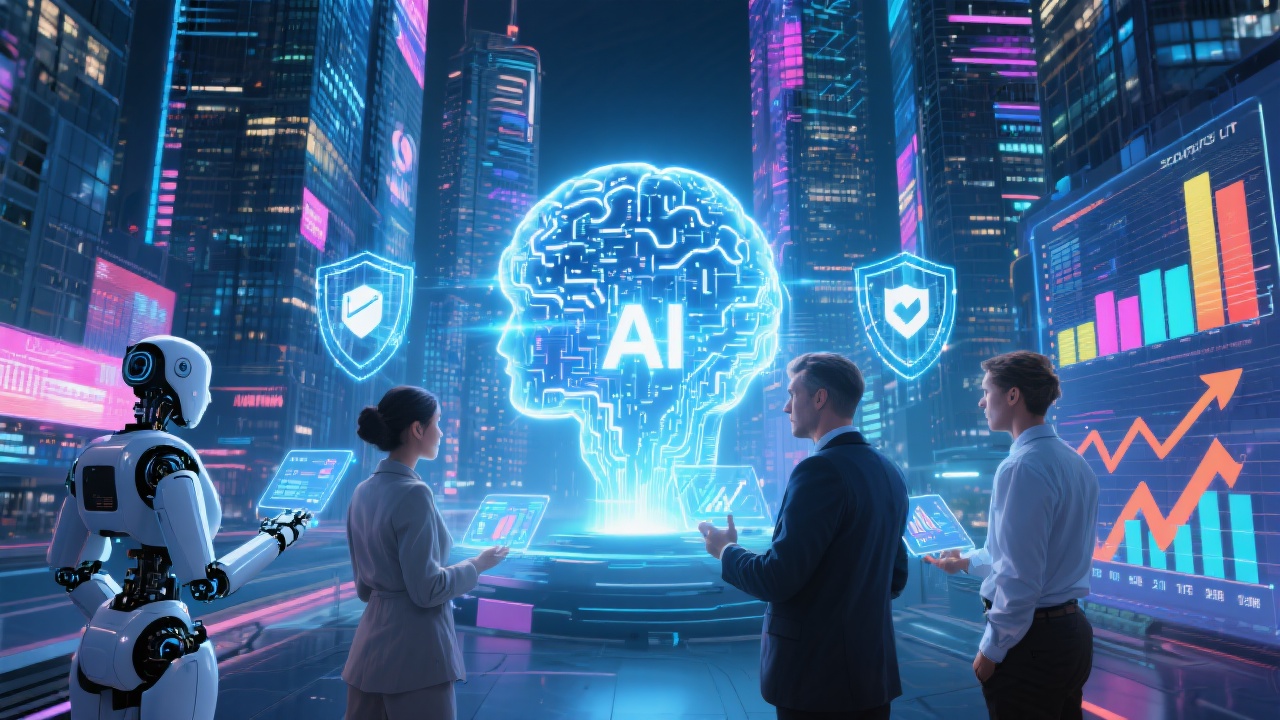Tel: 650-980-4870
Blog

AI Exceeding Expectations
AI has exceeded expectations in several areas across IT, cybersecurity, and business, often delivering results faster and with more impact than experts predicted. Here’s a breakdown of some of the most notable ways and places where AI has outperformed initial hopes:
IT
In IT, AI has gone beyond simple automation and is now driving innovation in areas like:
Code Generation & Software Development: Tools like GitHub Copilot and OpenAI’s Codex can write, debug, and optimize code, sometimes outperforming junior developers. This has sped up development cycles and reduced costs.
IT Operations (AIOps): AI-powered monitoring tools can predict outages, automatically remediate issues, and optimize resource allocation in real time, reducing downtime and manual intervention.
Natural Language Interfaces: AI chatbots and virtual assistants are now able to handle complex IT support queries, reducing the need for human intervention and improving user satisfaction.
Cybersecurity
AI’s impact in cybersecurity has been especially dramatic:
Threat Detection: AI models can identify novel threats and zero-day attacks by analyzing patterns in network traffic and user behavior, often catching attacks that traditional signature-based systems miss.
Automated Response: Some systems can now autonomously respond to threats—isolating compromised devices or accounts in seconds, which was previously thought to require human oversight.
Fraud Prevention: In financial services, AI has dramatically reduced fraud rates by detecting subtle anomalies in transaction data that humans or rule-based systems would miss.
Business in General
Across the broader business landscape, AI has exceeded expectations in:
Customer Service: AI chatbots and virtual agents (like those used by banks, airlines, and e-commerce) now handle the majority of customer queries with high satisfaction rates, freeing up human agents for more complex issues.
Sales & Marketing: AI-driven personalization engines (like those used by Amazon and Netflix) have increased conversion rates and customer engagement far beyond what traditional segmentation could achieve.
Supply Chain Optimization: AI has enabled real-time demand forecasting, dynamic pricing, and logistics optimization, leading to significant cost savings and efficiency gains.
Decision Support: Generative AI and advanced analytics are now used by executives for scenario planning, risk assessment, and even drafting business strategies, often surfacing insights that would have taken teams of analysts weeks to uncover.
Where This Is Happening
Big Tech: Companies like Google, Microsoft, and Amazon are leading the way, but AI-driven startups are also making waves in niche areas.
Financial Services: Banks and fintechs are using AI for everything from credit scoring to anti-money laundering.
Healthcare: AI is diagnosing diseases, predicting patient outcomes, and even discovering new drugs faster than traditional methods.
Retail & E-commerce: AI powers recommendation engines, inventory management, and customer service at scale.
Why This Is Surprising
Many of these advances happened years ahead of expert predictions. For example, the quality of AI-generated text, images, and code in 2024-2025 is far beyond what was expected even in 2020. The speed at which AI has moved from narrow, rule-based systems to general-purpose, creative, and autonomous agents has caught many by surprise.
Menu
Services
© Copyright 2023. Optimal Outcomes. All rights reserved.
